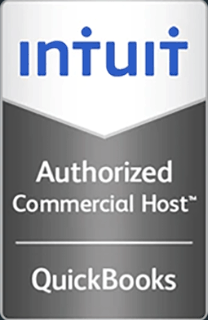VMware vSphere 5 Introduces Revolutionary Features to the Virtualization Space
The newest version of vSphere is loaded with features that enhance and expand its capabilities. Infrastructure upgrades include new hypervisor architecture, a new virtual machine format, and extended support for Apple xserve. These enhancements alone make vSphere 5 the most powerful and most flexible on the market. Beyond infrastructure improvements, vSphere 5 also includes numerous expanded application and management services, including ESXi firewall, and larger virtual machines. High availability and vMotion migration features have also been enhanced. Management service improvements include an updated web client and the vCenter server appliance. All these feature upgrades save your business time and money. But one feature, Auto Deploy, promises to go above and beyond.
vSphere 5’s Auto Deploy feature is a new deployment and patching model for the new vSphere hosts that are running the ESXi hypervisor. Auto Deploy allows you to get new vSphere hosts up and running in minutes and update them more efficiently and quickly than ever. This feature takes advantage of the ESXi hypervisor architecture, which is the gold standard in hypervisors, with thinner architecture, a more secure footprint, and a streamlined patching and setup model. With Auto Deploy your vSphere 5 upgrade will be seamless and reduce business costs.
The new virtual machine format (version eight) included with vSphere 5 has several new must have features in today’s virtual machine world including support for Windows Aero 3D graphics, and support for USB 3.0 devices. With Apple servers becoming more visible in the virtual server market, it is assuring to know vSphere 5 supports Apples server products, including full compatibility with Apple’s Xserve servers running OS X Server 10.6 (Snow Leopard).
Storage enhancements include storage DRS, which enable more efficient use of storage resources through grouping, placement and balancing. And profile driven storage enables appropriate use of storage resources by indentifying virtual machine service levels. The vSphere file system enables non disruptive upgrades to the platforms latest clustered file systems. The storage I/O control enables better management of service level agreements. And vSphere’s Storage API program includes the ability to interface with arrays when using the new vSphere Storage DRS and Profile-Driven Storage features.
Network upgrades include a new network I/O control which allows more-granular SLA enforcement. And the new vSphere distributed switch improves visibility of virtual machine traffic through NetFlow and enhances monitoring and troubleshooting through Switched Port Analyzer (SPAN) and Link Layer Discovery Protocol (LLDP) support.
Additionally, the new vSphere 5 enables higher availability and larger scalability than ever before. Virtual machines can now grow four times larger than in any previous release to support even the largest applications. Virtual machines can now have up to 32 virtual CPUs and 1TB of RAM. Whether your company is large or small, the ability to expand your network with vSphere is a plus. And vSphere’s compatibility with numerous hardware platforms ensures that you will not be limited by undue hardware constraints.





